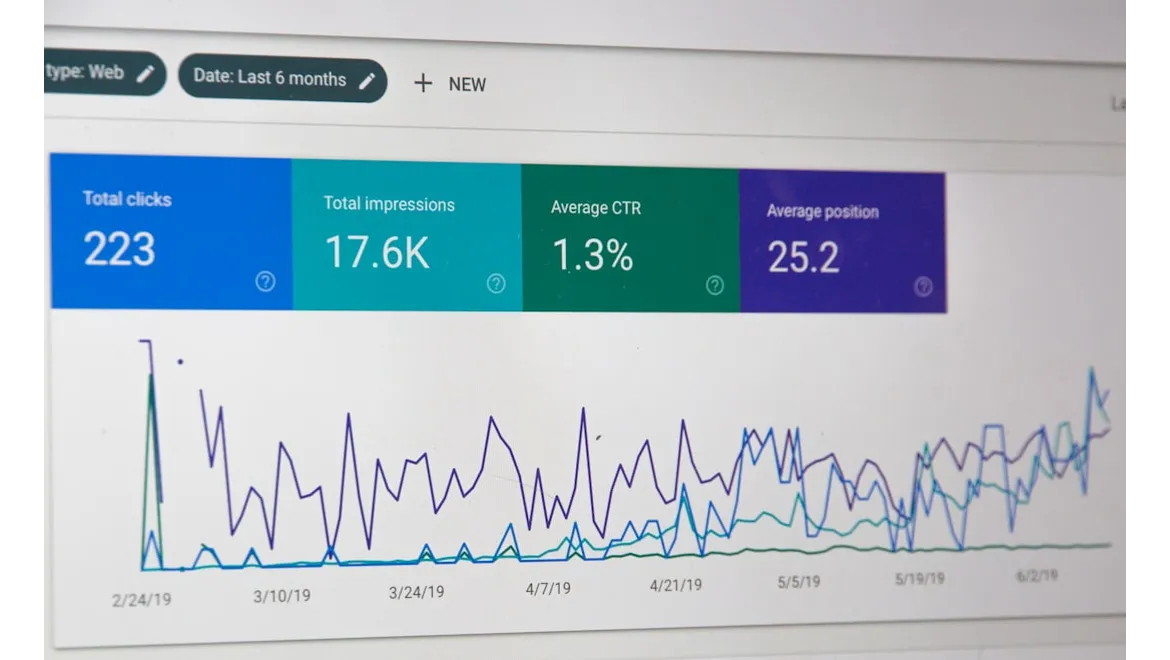Right, so I’ve been wrestling with Facebook Ads for local businesses for a while now, and I’ve learned a thing or two (mostly through trial and error!). It’s not enough to just throw an ad out there and hope it sticks. We need a data-driven approach. Let me walk you through what’s worked for me, focusing on A/B testing and analytics. Think of it as me guiding you through my own learning experience.
Understanding the Playing Field: Targeting and Initial Setup
First, let’s talk targeting. For local businesses, this is absolutely crucial. You’re not selling to the world; you’re selling to your neighbourhood. Facebook allows incredibly precise geographic targeting – down to specific postcodes. Use this! Don’t just target the entire city if your service area is smaller. I’ve had real success refining the radius.
Beyond location, delve into interests and demographics. Think about who your ideal customer is. Are they interested in fitness if you run a gym? Do they fall within a specific age range if you sell baby products? Use Facebook’s detailed targeting options to pinpoint those individuals.
A/B Testing: The Key to Unlocking Ad Potential
Okay, this is where the magic happens. A/B testing, or split testing, is all about comparing two versions of something (an ad, a landing page, etc.) to see which performs better. Here’s how I approach it for Facebook Ads:
-
Ad Creatives: Start with your ad images and copy. Create two variations. Maybe one uses a professional photo of your product, while the other uses a lifestyle shot. One ad copy could focus on price, the other on quality. The possibilities are endless, but only change one thing at a time. Otherwise, you won’t know what made the difference.
-
Targeting Options: Test different audiences. Perhaps you believe young families are your primary customer base, but what if retirees are also interested? Create two ad sets, each targeting a different demographic, and see which one generates more engagement.
-
Call-to-Actions (CTAs): Experiment with different CTAs like “Learn More,” “Shop Now,” or “Call Now.” See which one motivates your local audience to take action. If you offer a phone call based service like a Plumber then testing call now should be a no-brainer.
-
Offers: Local businesses often thrive on special deals. Test different offers, such as a percentage discount versus a free item with purchase. See which one resonates better.
Here’s the golden rule: Run your A/B tests long enough to gather statistically significant data. Don’t jump to conclusions after just a few clicks. Facebook will tell you when one version is performing significantly better than the other. Allocate your budget accordingly to the winning ad.
Facebook Analytics: Decoding the Data
So, you’re running ads and gathering data. Now what? This is where Facebook Analytics comes in. It’s not just about vanity metrics like likes and shares. We want to track real business outcomes:
-
Engagement: Are people clicking on your ads? Are they watching your videos? High engagement indicates that your message is resonating.
-
Reach: How many unique people are seeing your ads? Ensure you’re reaching a broad enough audience within your target area.
-
Conversions: This is the ultimate goal. Are people taking the desired action, like visiting your website, calling your business, or making a purchase?
-
Return on Ad Spend (ROAS): How much revenue are you generating for every pound you spend on ads? This is crucial for determining the profitability of your campaigns.
Tracking Offline Conversions: Connecting the Dots
For local businesses, many conversions happen offline – phone calls, store visits, etc. How do you track these with Facebook Ads? Here are a few tricks:
-
Facebook Pixel on Your Website: Install the Facebook Pixel on your website to track online purchases and other actions. If someone clicks your ad and then buys something on your site, Facebook knows.
-
Call Tracking Numbers: Use a unique phone number in your Facebook Ads. This way, you can track how many calls originated from your ad campaigns. There are plenty of services that provide this, or even just using different phone numbers on your facebook ads and website that are answered in the same place would be a simple hack!
-
Store Visit Conversions: Facebook can estimate store visits based on location data from people who have seen your ads. This is a bit less precise, but still valuable.
-
Attribution Modelling: Understand how Facebook Ads contribute to the overall customer journey. Did someone see your ad, then visit your website organically later, and then finally call your business? Attribution modelling helps you understand these complex pathways.
Putting It All Together
By consistently running A/B tests, analysing the data, and tracking both online and offline conversions, you can dramatically improve the performance of your Facebook Ads. It’s not a set-it-and-forget-it process. It’s an ongoing cycle of testing, learning, and optimising. Think about understanding how the users are interacting with your business across their whole journey and how you can tweak, change and optimise this interaction to be seamless and useful for your user. Each time a user visits your platform it will be as a result of an engagement touchpoint and thinking about how to optimise each is really what its all about. By continually reviewing and improving your output you will see improvements, this will also require creativity which is something AI cannot do but we can.











